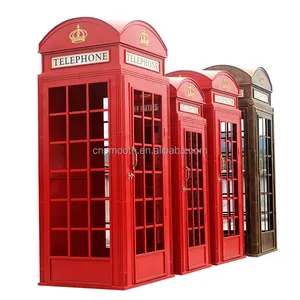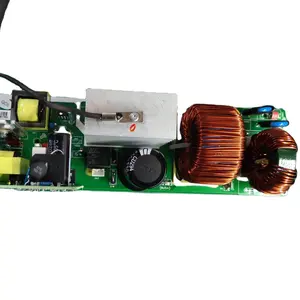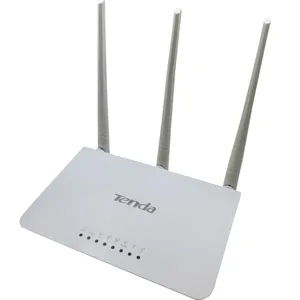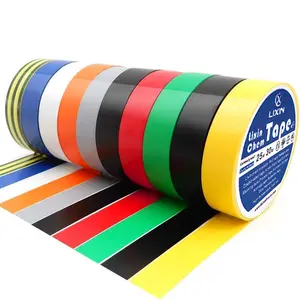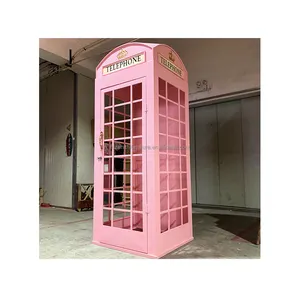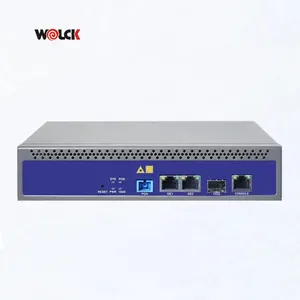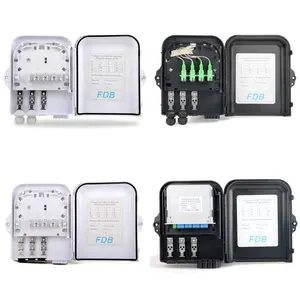Popular in your industry






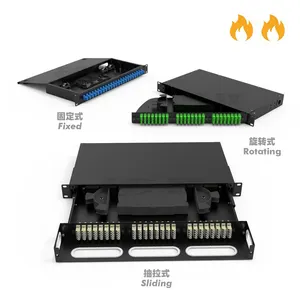




















































Related Searches:











































































































Top categories
About fiber termination box
The fibre termination box is an indispensable component in the realm of telecommunications, serving as a nexus for optical fibres to coalesce and interface with the optical network terminal. These enclosures are essential for the orderly arrangement, management, and protection of the delicate fibres that facilitate data transmission across vast distances. Alibaba.com offers an extensive selection of fibre termination boxes to suit various network architectures.
Types and Characteristics of Fibre Termination Boxes
Variety in the fibre optic terminal box assortment accommodates specific requirements for diverse network configurations. Ranging from the compact ont fibre boxes tailored for individual residences to the larger fibre optic distribution boxes designed for extensive commercial edifices, each variant possesses distinct features. For example, a ftth termination box is generally more compact, intended for single-family homes, whereas a fibre distribution terminal might cater to several endpoints within a multi-occupancy building, underscoring the necessity of choosing an appropriate model based on the network's scope and intricacy.
Structure and Operation of Fibre Termination Boxes
A fibre termination box comprises several integral components: an inlet for the optical cable, a splicing tray to manage the fibres, adapters for fibre termination, and an outlet for connecting to the end-user's equipment. Each element is crucial to the box's functionality. The splicing tray is the site of the precise and delicate fibre splicing process, while the adapters—commonly SC, LC, or ST types—are where the fibres are actually terminated, with the quality of these components being critical to preserving signal integrity.
Materials and Properties
The selection of materials for a fibre optic enclosure box is pivotal. ABS plastic is preferred for its optimal balance of durability and cost-efficiency, while PC (Polycarbonate) is chosen in settings requiring greater impact resistance. Steel is frequently employed in outdoor fibre optic termination boxes, offering robustness and safeguarding against vandalism or environmental hazards. These materials are not only selected for their protective qualities but also for their amenability to being shaped into designs that promote easy access and effective cable organisation.
Business Usages and Applications
In the commercial sphere, the fibre optic box is essential in environments such as data centres, corporate buildings, and telecommunication hubs. In the electrical sector, for instance, meticulous organisation of fibre cables within a fibre termination box can avert outages and signal disruptions, thus guaranteeing continuous service. These boxes also facilitate swift scalability of network infrastructure, enabling enterprises to augment their network capacity as necessary with minimal operational interruption.
Functions and Tasks
A fibre termination box is engineered to execute several crucial functions. It shields the fibre optic splices from mechanical harm, provides a termination point for the cable to connect with the network's optical devices, and arranges the fibres to simplify maintenance and future network growth. The fibre optic junction box additionally serves as a strategic point for technicians to test the network without causing system-wide disruptions.
Features and Unique Selling Points
Key attributes of a fibre optic distribution box include its modular construction, which permits straightforward expansions and alterations, and its user-centric interface that eases the installation and upkeep processes. Distinctive selling propositions might encompass an outdoor fibre termination box boasting an IP65 rating, denoting a high degree of protection against dust and water ingress, rendering it exceptionally suited for adverse outdoor conditions.
Benefits and Positive Outcomes
Implementing a fibre termination box yields numerous advantages, such as improved signal quality owing to effective shielding from environmental elements and EMI (Electromagnetic Interference). It also streamlines network management and fault diagnosis, leading to lower maintenance expenses and reduced downtime. For end-users, this equates to a more dependable and consistent network experience.
How to Use and Operate Effectively
Efficient utilisation of a fibre termination box entails proper installation, which involves positioning the box in a spot that is both accessible for servicing and shielded from potential harm. When choosing the appropriate model, factors such as the number of fibres to be managed, the types of connectors employed, and the environmental conditions at the site of installation should be taken into account.
How to Choose the Right Model
Opting for the correct fibre optic terminal box model necessitates an understanding of the network's present and prospective requirements. Considerations should include the capacity for fibre connections, compatibility with existing systems, and whether the box will be situated indoors or outdoors. The material choice should also be reflective of the specific environmental challenges it will encounter.
How to Clean and Maintain
Regular upkeep and cleansing of a fibre optic box involve periodic checks to confirm the absence of dust or moisture accumulation, which could impair performance. Employ suitable cleaning instruments specifically designed for fibre optic components to prevent fibre damage. Scheduled maintenance should encompass verifying the integrity of seals and confirming the security of all cable entries.
How to Install
The installation of a fibre optic junction box demands meticulous planning. It should be affixed at a suitable elevation, clear of potential dangers, and in a location where cables can be routed with minimal bending. Grounding the box is imperative to safeguard against electrical surges, and adherence to the manufacturer's instructions will ensure a successful setup.
What are the customization options for a fibre termination box?
Customisation possibilities for a fibre optic distribution box may encompass the number of ports, the integration of additional features such as lockable doors or tamper-evident seals, and the selection of materials to suit particular environmental conditions. Alibaba.com features suppliers that provide a range of customisations to meet the exacting demands of a network.
How does a fibre termination box support network scalability?
A fibre termination box underpins network scalability with its modular design, enabling straightforward additions as network requirements grow. The capacity to incorporate more fibre connections with minimal infrastructural overhaul renders these boxes a prudent investment for expanding networks.
What should be considered when selecting a fibre termination box for harsh environments?
In choosing a fibre optic box outdoor for challenging conditions, factors to consider include the IP rating, which signifies the degree of protection against particulates and moisture, the sturdiness of the material, and resistance to UV degradation. These attributes ensure that the fibre optic enclosure box can endure severe environments while preserving network integrity.
